After barnacles, shore crabs, and sea stars our most noticeable and interesting species of Northwest wildlife are the anemones, pronounced ah-nemm-oh-nee. (Not to insult anyone’s intelligence, please. I’ve just heard a lot of people struggle with the word.) Anemones belong to the phylum of animals called Cnidarians, a group that includes hydras, jellyfish, and corals. Animals in this phylum possess radial symmetry. Cut one in half and you end up with two mirror images. Cnidarians also have a gut cavity which is used for digestion and circulation. Unlike their wandering and often dangerous cousins, the jellyfish, anemones are a static group preferring to spend their life clinging to a substrate of some sort, rarely if ever moving and are not dangerous to humans. They possess stinging cells called nematocysts but also have an additional adaptation called spirocysts, sort of a long adhesive thread that snarls around prey.
Here’s a few of our more familiar species:
The aggregating anemone gets its name from the groupings of them often seen which sometimes appear as a carpet on the ocean floor. These congregations are due to the asexual reproduction of the animal. They exhibit a distinct color difference when seen closer to shore in tide pools. Next up is a club-tipped anemone which is actually more of a coral than an anemone. Those silvery white tips contain the largest stinging cells of any anemone. One of our most beautiful species is the giant green anemone found in great profusion in the intertidal zone and deeper. Our largest, and just about the largest anemone in the world, is the frilled anemone. Also called a plumose anemone, their stalks often reach well over a foot in length. You’ll see them in brown or white color variations hanging off boat docks and pilings.
<
>

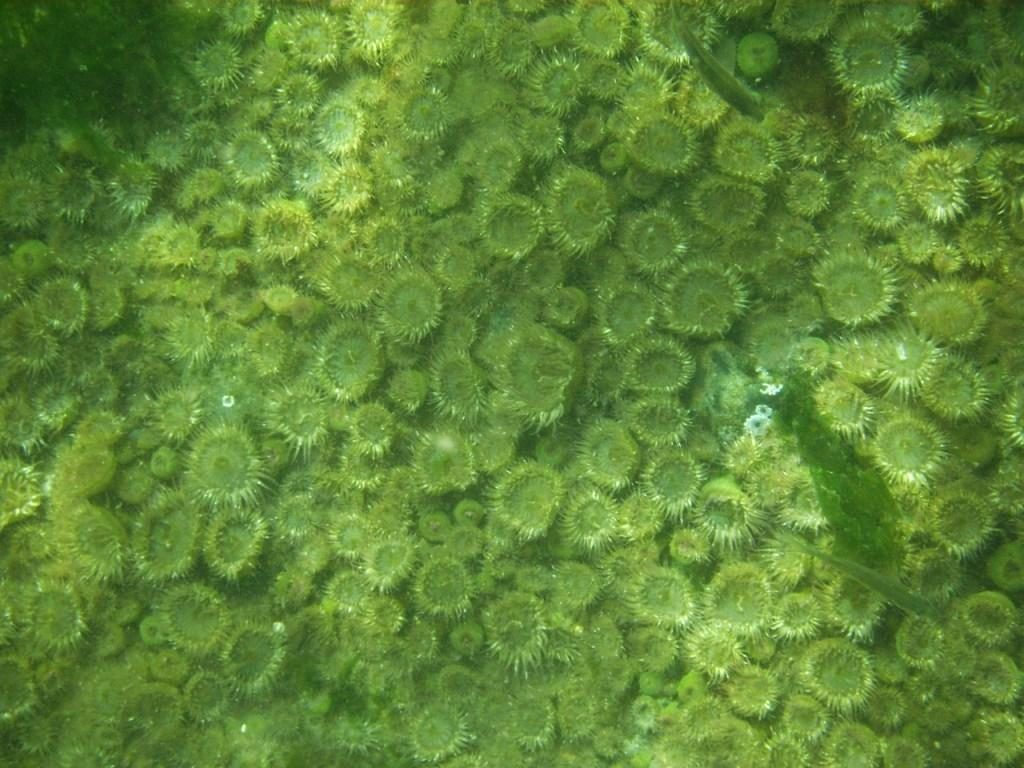
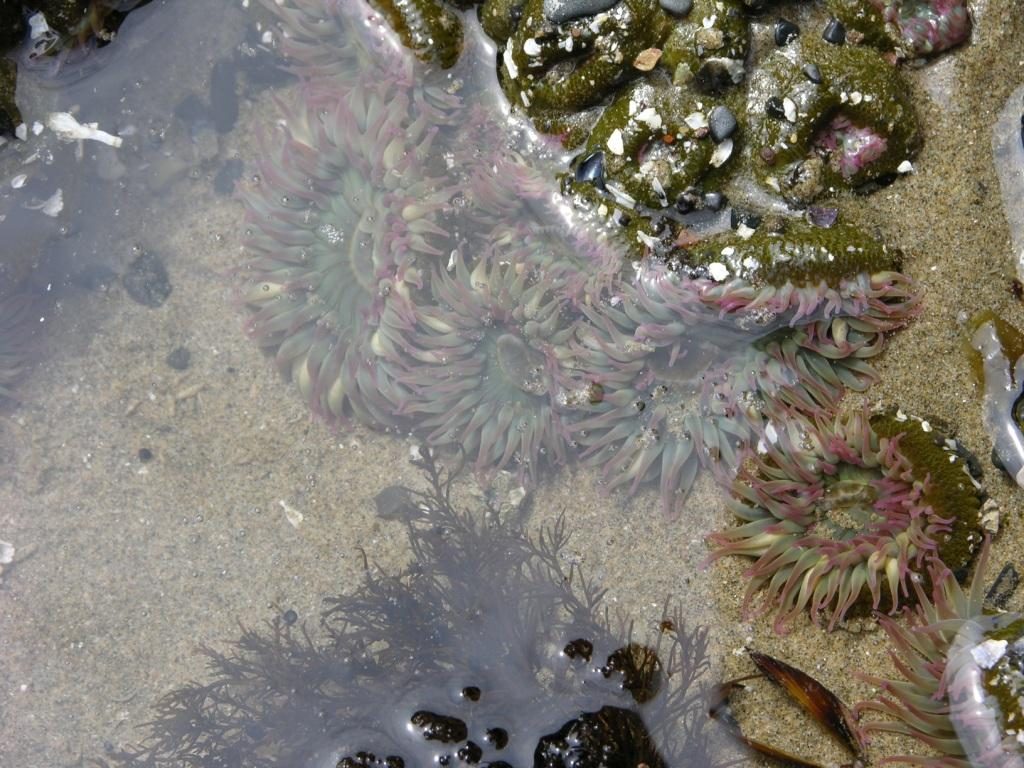
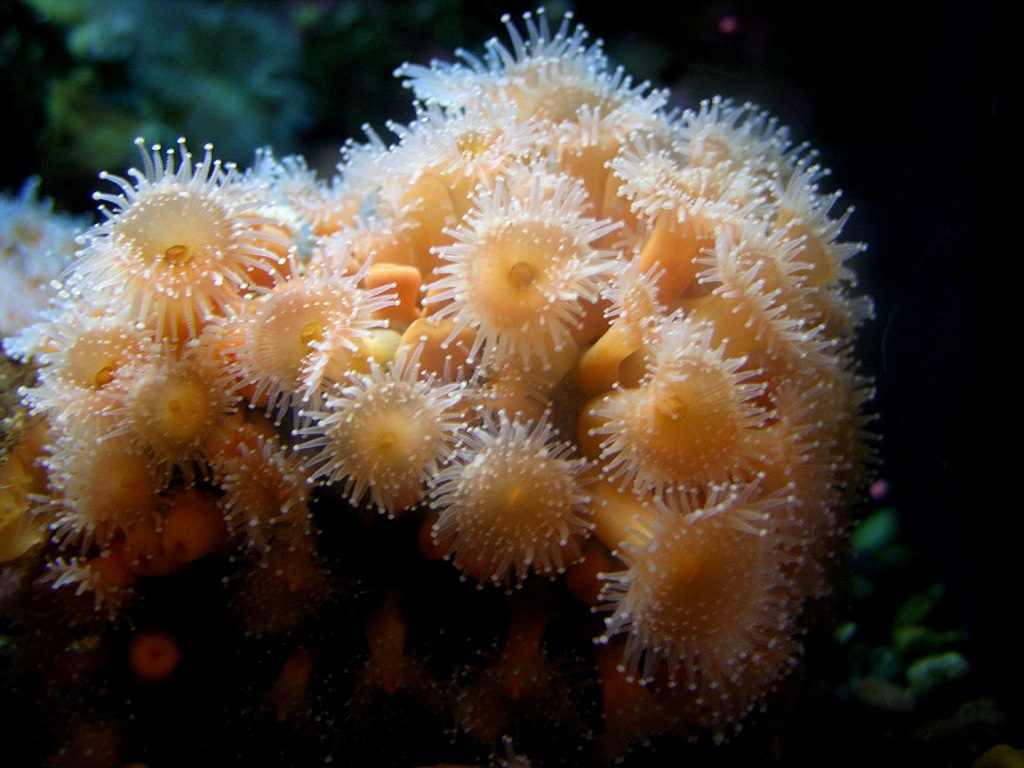
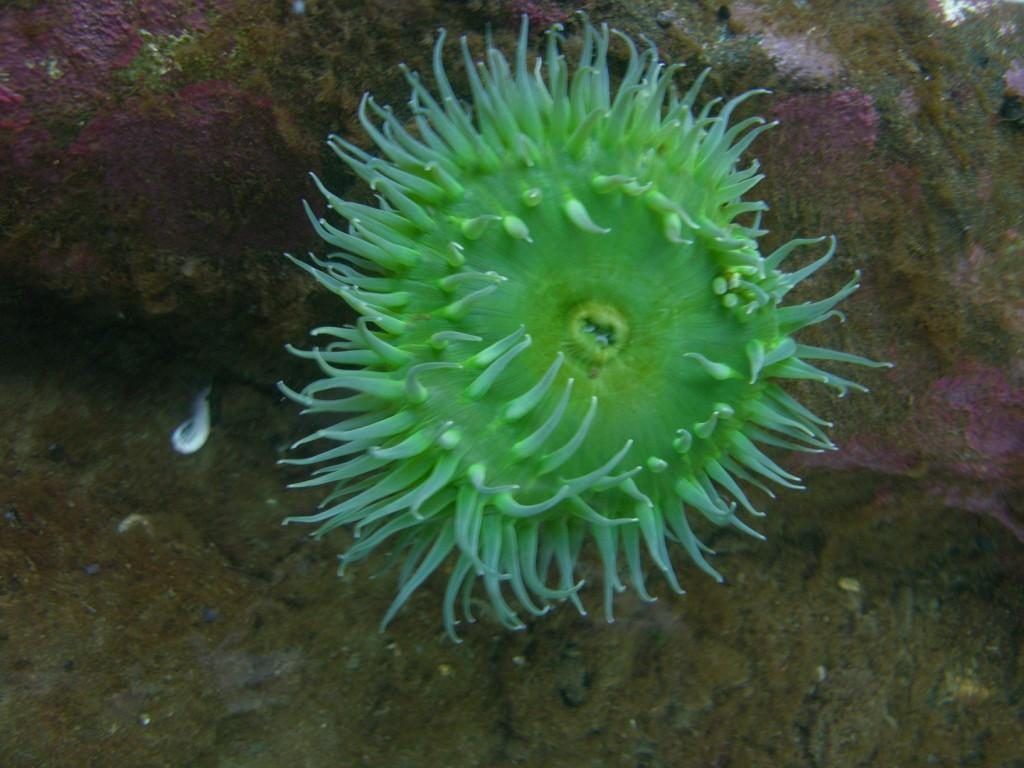
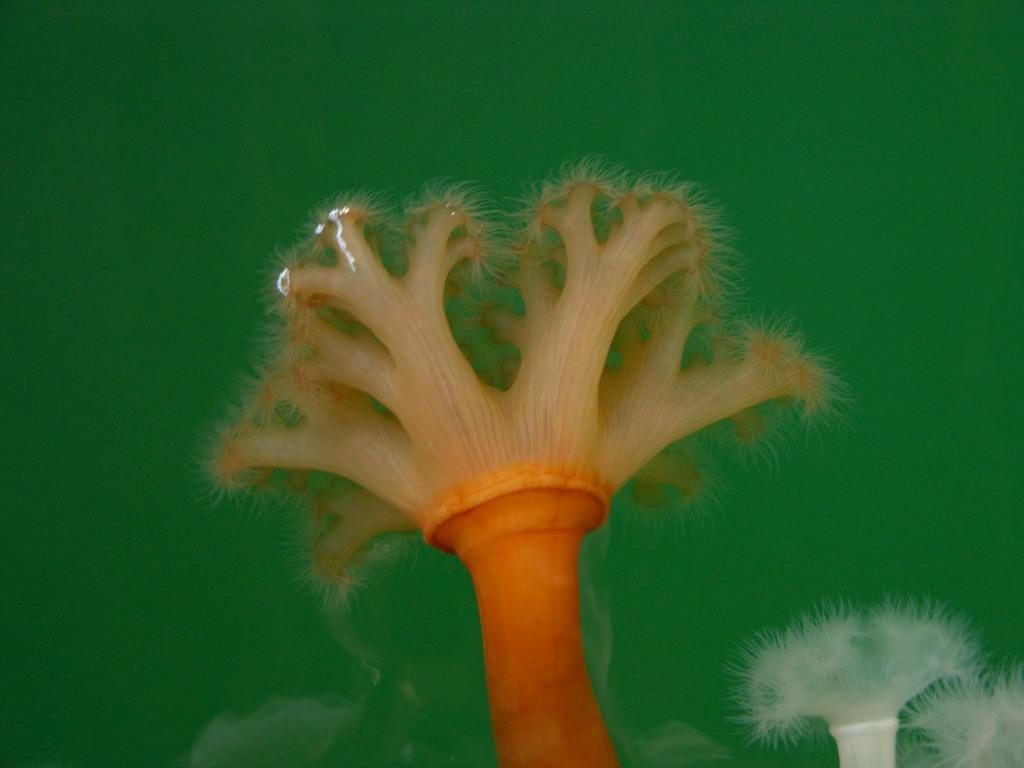
Leave a Reply
You must be logged in to post a comment.